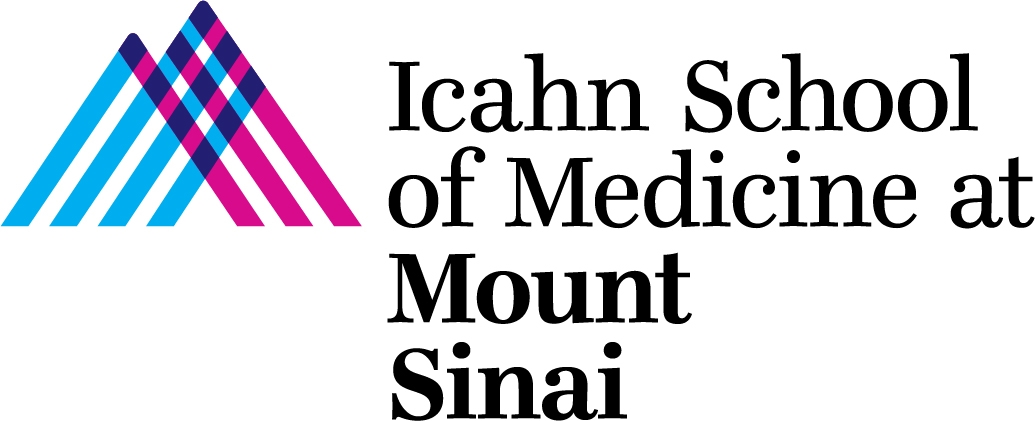Part 2 of 2 Parts (Please read Part 1 first)
The frequency of somatic mutation in the genes that the researchers assessed was less than two percent. This is the technical threshold for somatic mutations in hematopoietic stem cells to be considered clonal hematopoiesis of indeterminate potential (CHIP). CHIP is more common in older individuals and is associated with increased risk of developing cardiovascular diseases as well as hematologic and solid cancer.
Dr. Goukassian said, “Although the clonal hematopoiesis we observed was of a relatively small size, the fact that we observed these mutations was surprising given the relatively young age and health of these astronauts. The presence of these mutations does not necessarily mean that the astronauts will develop cardiovascular disease or cancer, but there is the risk that, over time, this could happen through ongoing and prolonged exposure to the extreme environment of deep space. Through this study, we have shown that we can determine the individual susceptibility of astronauts to develop disease related to their work without any implications that can affect their ability to do their work. Indeed, our studies demonstrate the importance of early and ongoing screening to assess that susceptibility. Our recommendation is that NASA, and its medical team, screen astronauts for somatic mutations and possible clonal expansion, or regression, every three to five years, and, not less importantly, well into their retirement years when somatic mutations may expand clonally and become CHIP.”
The team’s research followed previous studies that used the same samples to identify predictive biomarkers in exsomes. These are small lipid-layered microscopic vesicles of nucleic acids, proteins, lipids and metabolites that form within the cells of the human body. They are subsequently released into the circulating blood. They carry information from their cells of origin that reflects their intercellular condition. This feature of exomes may qualify them as great biomarkers of health and/or disease. They can transfer information from one cell to another at great distances in the body.
The researchers treated human heart cells with exosomes derived from astronauts. They found that the exosomes affected the biology or the Vitamin D receptor. This vitamin plays a key role in bone, heart, and skeletal muscle health. They also assessed the impact of space flight on mitochondrial DNA. This is the genome of small organelles that supply energy to the cells. In that part of the study, the team found that the amount of cell-free mitochondrial DNA circulating in the blood of astronauts was two to three hundred and fifty times high than normal. This may lead to oxidative damage and inflammation elsewhere in the body.
Dr. Goukassian added, “Through these studies, we have demonstrated the potential to assess the health risk of space flight among astronauts. What is important now is to conduct longitudinal retrospective and well-controlled prospective studies involving a large number of astronauts to see how that risk evolves based on continued exposure and then compare that data against their clinical symptoms, imaging, and lab results. That will enable us to make informed predictions as to which individuals are more likely to develop disease based on the phenomena we are seeing and open the door to individualized precision medicine approaches to early intervention and prevention.”
